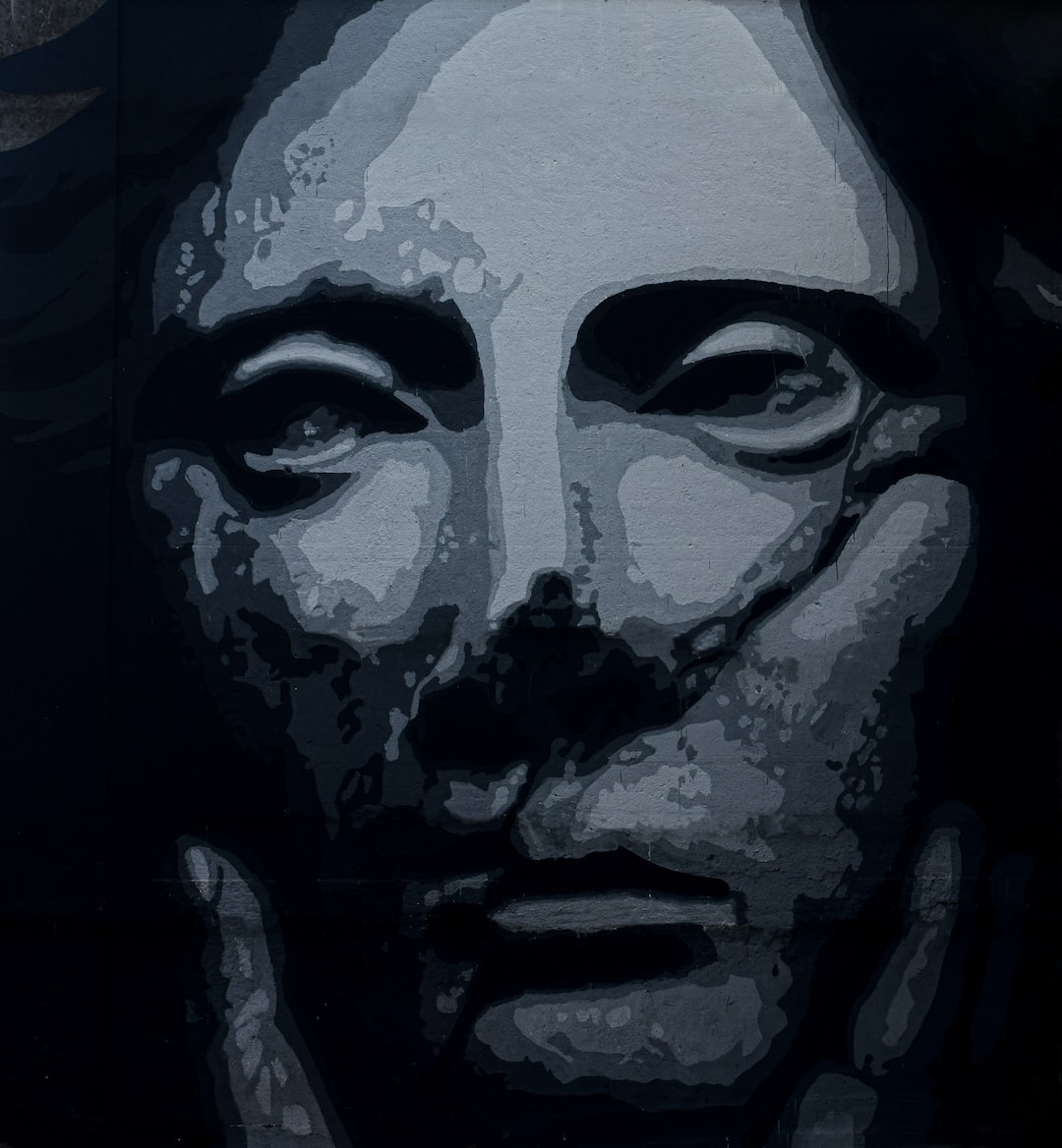Exploring the Fascinating World of Chinese Calligraphy
Chinese calligraphy, also known as “shufa” in Mandarin, is a timeless art form that has been practiced for thousands of years in China. This highly regarded artistic tradition holds great cultural significance and is considered one of the highest forms of visual art in Chinese culture. From its historical origins to its modern-day relevance, Chinese calligraphy continues to captivate enthusiasts and art lovers all over the world.
Chinese calligraphy dates back to the Shang Dynasty (c. 16th–11th century BC) and has evolved throughout different dynasties, becoming more refined and diverse over time. The practice involves the use of a brush, ink, and paper, making it a distinctive form of expression. Chinese calligraphy is not just about writing characters; it is an art of brushwork, rhythm, and composition. The brush strokes are intended to mimic the natural flow and beauty of nature, reflecting the artist’s emotions and state of mind.
One of the most fascinating aspects of Chinese calligraphy is the various styles or scripts that have developed over centuries. These different styles include the seal script or “zhuanshu,” clerical script or “lishu,” regular script or “kaishu,” running script or “xingshu,” and cursive script or “caoshu.” Each style has its own unique characteristics and aesthetic appeal, making the exploration of Chinese calligraphy a never-ending journey of discovery.
Beyond its ornamental beauty, Chinese calligraphy is deeply rooted in philosophy, spirituality, and wisdom. The act of writing characters in calligraphy is regarded as a form of meditation that cultivates mindfulness and concentration. It is said that the practice of calligraphy enables one to cultivate inner calmness and balance, as the brush flows harmoniously across the paper. In Chinese culture, calligraphy is also considered a way to connect with the divine, channeling one’s energy and spirit through the art form.
Chinese calligraphy has also played a significant role in capturing and preserving Chinese history and culture. Throughout the centuries, calligraphy has been used to record important events, transmit knowledge, and create literary masterpieces. Many famous Chinese poems and scriptures were written in calligraphy, giving these works an additional layer of artistic value. Therefore, calligraphy is not only a visual art form but also a textual art form, intertwining the beauty of both penmanship and poetry.
In today’s modern world, Chinese calligraphy still holds a prominent place in Chinese society and international art circles. It continues to be practiced and appreciated by millions of people worldwide. Calligraphy exhibitions, workshops, and competitions are regularly held, attracting both professionals and amateurs alike. The art of Chinese calligraphy has also influenced contemporary art forms, such as abstract paintings, typography, and graphic design. Its timeless beauty and cultural significance truly transcend boundaries and continue to inspire artists across different cultures.
For those interested in exploring the fascinating world of Chinese calligraphy, there are various resources available. One can start by learning the basic brush strokes and understanding the different scripts. There are also many books, online courses, and video tutorials that provide step-by-step instructions and insights into the art form. Additionally, visiting calligraphy museums, attending workshops, or even finding a calligraphy mentor can offer a more immersive experience.
Chinese calligraphy has the power to transport us to a different time and place, connecting us with the rich cultural heritage of China. Its visual beauty, combination of art and literature, and spiritual essence make it an extraordinary art form that continues to inspire generations. Whether you are a seasoned artist or a curious enthusiast, the world of Chinese calligraphy awaits, ready to unveil its secrets and captivate your senses.

